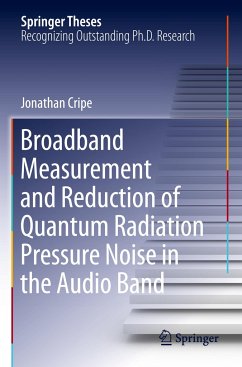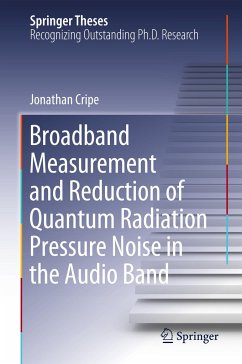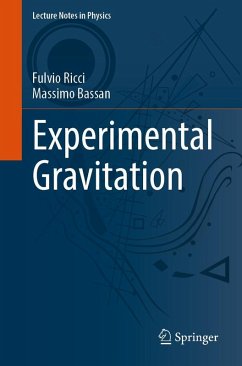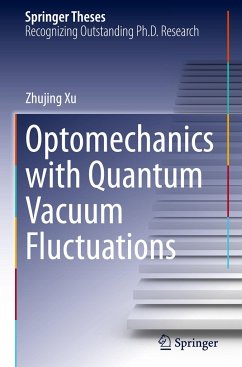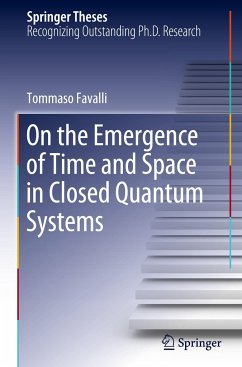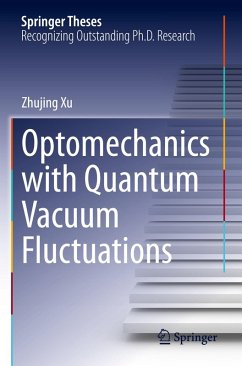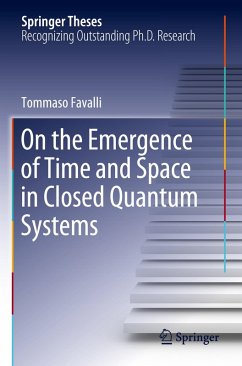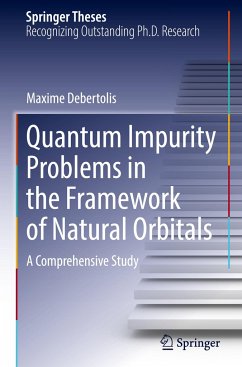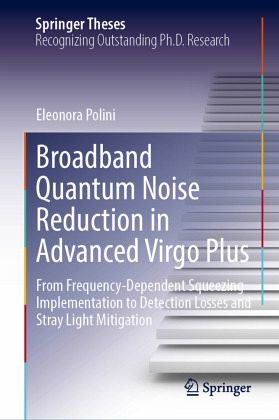
Broadband Quantum Noise Reduction in Advanced Virgo Plus
From Frequency-Dependent Squeezing Implementation to Detection Losses and Stray Light Mitigation

PAYBACK Punkte
57 °P sammeln!
This book presents the first implementation of frequency-dependent squeezing in the Virgo gravitational wave detector, a technique that reduces quantum noise across the entire detection band. By lowering noise, it enhances Virgo's ability to observe the universe.It provides a detailed account of the experimental optical system-spanning hundreds of meters-and the measurement campaign that led to the first observation of frequency-dependent squeezing, with ellipse rotation occurring at the target frequency of a few tens of Hz. Additionally, the book covers the characterization and commissioning ...
This book presents the first implementation of frequency-dependent squeezing in the Virgo gravitational wave detector, a technique that reduces quantum noise across the entire detection band. By lowering noise, it enhances Virgo's ability to observe the universe.
It provides a detailed account of the experimental optical system-spanning hundreds of meters-and the measurement campaign that led to the first observation of frequency-dependent squeezing, with ellipse rotation occurring at the target frequency of a few tens of Hz. Additionally, the book covers the characterization and commissioning of a new Output Mode Cleaner cavity in Virgo to minimize optical losses on squeezed states. Finally, it examines the impact of stray light noise at low frequencies and explores mitigation strategies to improve detector sensitivity.
It provides a detailed account of the experimental optical system-spanning hundreds of meters-and the measurement campaign that led to the first observation of frequency-dependent squeezing, with ellipse rotation occurring at the target frequency of a few tens of Hz. Additionally, the book covers the characterization and commissioning of a new Output Mode Cleaner cavity in Virgo to minimize optical losses on squeezed states. Finally, it examines the impact of stray light noise at low frequencies and explores mitigation strategies to improve detector sensitivity.



